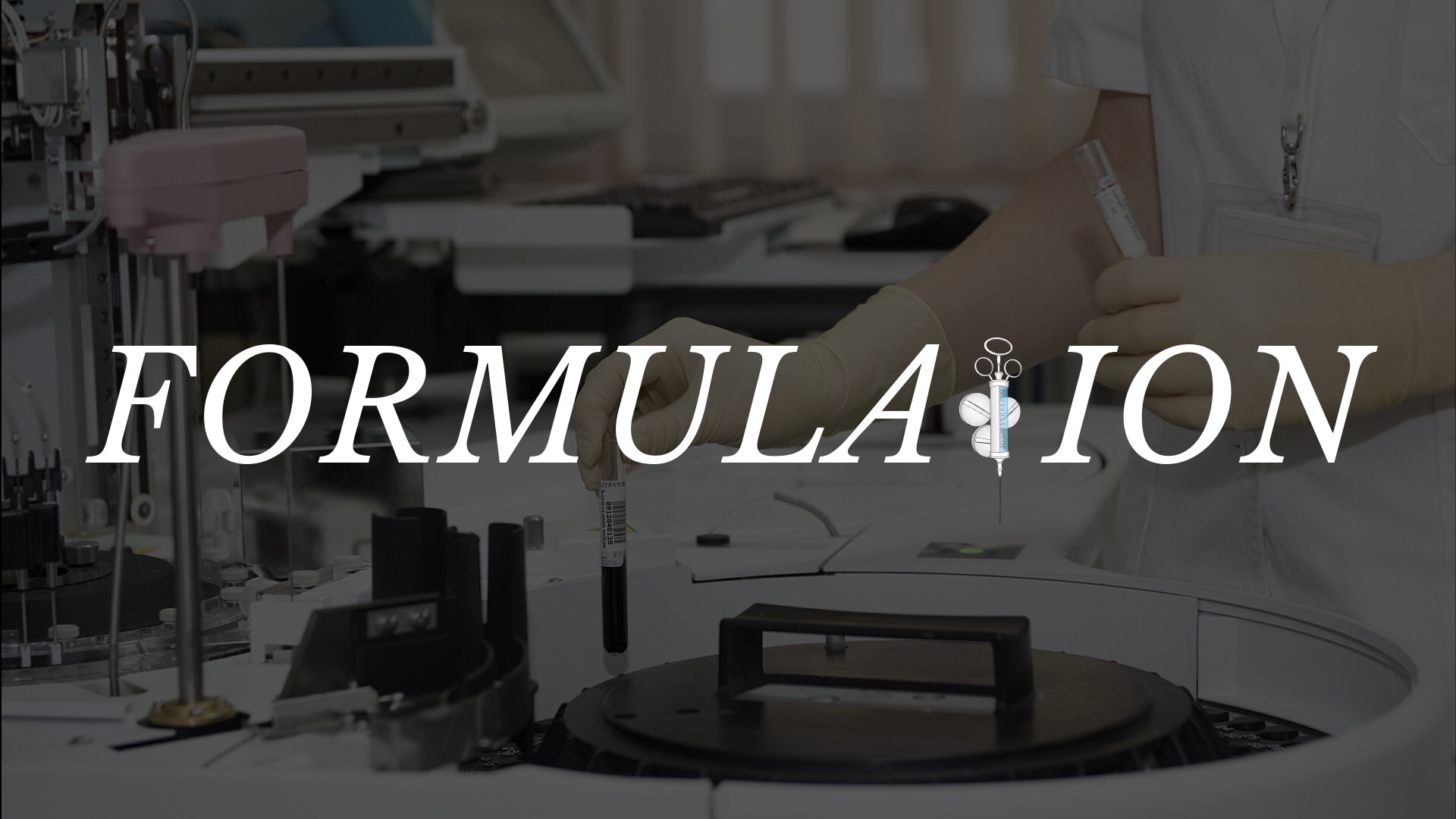Developments in encapsulation of insulin: Is oral delivery now possible?

This review presents the possibilities of oral delivery of insulin.
Insulin, being readily destroyed/transformed by the proteolytic enzymes and first-pass effects in the digestive system, has mainly been administered through injection, such as intravenous injection and transdermal injection. With developments in the material sciences, appropriate encapsulation methodologies have been developed that could be employed to protect insulin from the digestive effects of the human GI system, and thereby have opened a gateway of research exploring the oral route of insulin delivery.
One approach is to incorporate insulin into an emulsion with an appropriate oil-phase, which protects the insulin from degradation. Coating with natural or synthetic polymeric materials, or with lipids, followed by size-reduction to 100-1000 nm is applied as another common approaches of insulin encapsulation. Other approaches like liposomes, nanogels, etc. are also being explored.
This review gives a summary of methods of preparation as well as in vitro and in vivo bioavailability of insulin through these methods. It is observed that the oral bioavailability of insulin intake has increased from about 0.1% to about 20% for encapsulated insulin. Download the full article here: developments-in-encapsulation-of-insulin-is-oral-delivery-now-possible.pdf

